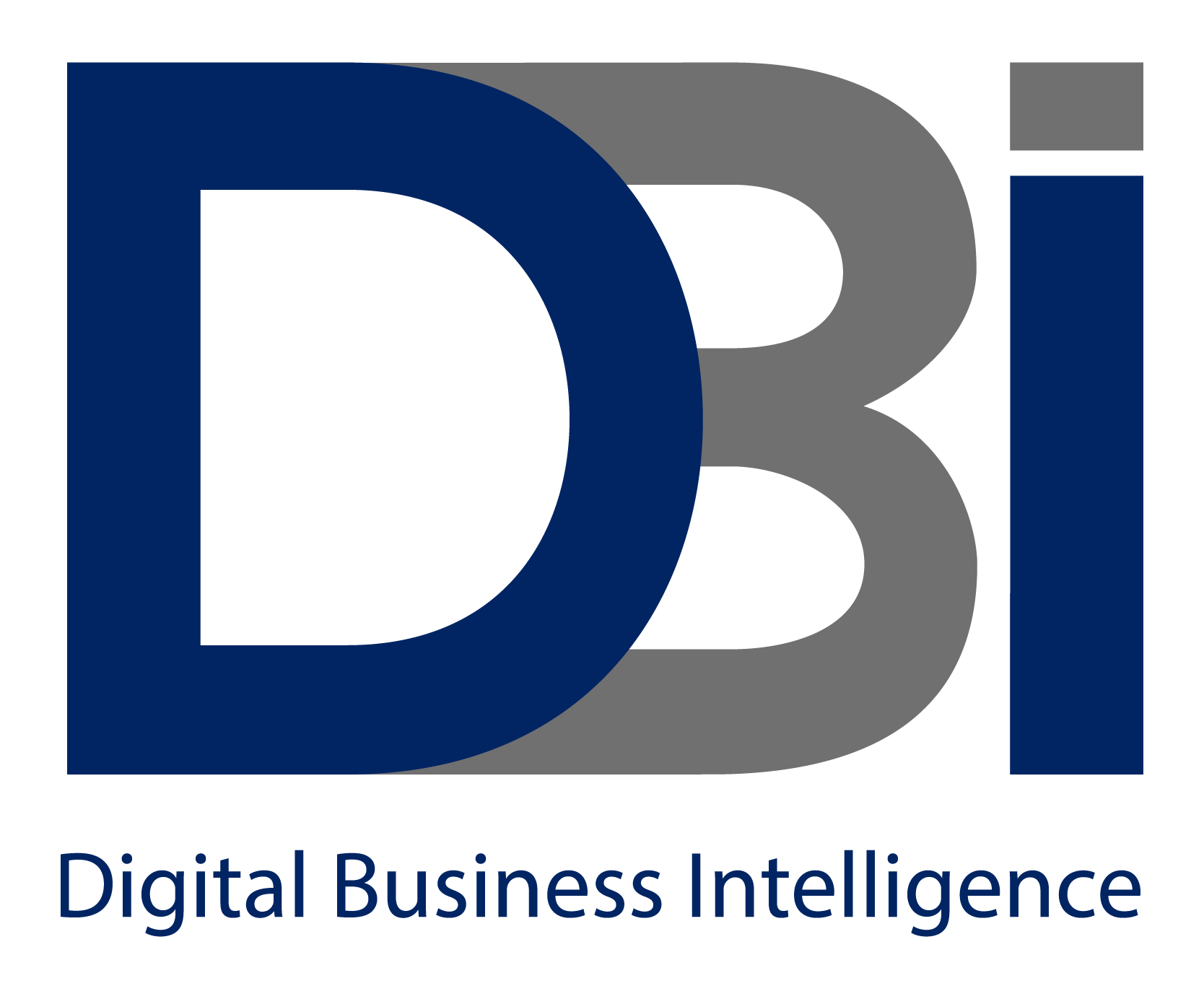This article looks at a few Google improvements that demonstrate the search engine’s emphasis on people and their online experiences. Optimizing for the user has never been more crucial than it is now, as the search’s function expands to include many marketing and consumer touchpoints. Google’s ongoing emphasis on the searcher experience shows this. Whether in terms of its fundamental algorithmic improvements, new functions, goods, or SERP format modifications. While some of these Google upgrades have targeted spam, links, and low-quality material, other modifications try to better comprehend user intent and behavior. For instance, the most recent improvements have prioritized product evaluations, Core Web Vitals, and page performance. Due to the fierce rivalry amongst businesses for SERP real estate, even a little decrease in position will have a significant effect on traffic, earnings, and conversions. In this post, I look at a selection of Google updates and technical developments that, from Panda in 2011 through Page and Product Experience in 2021 and 2022, significantly demonstrate the search engine’s attention on the human user and their online experiences.
Google Panda (2011)
After being introduced in February 2011, continual improvements were made to Google’s core algorithm. One of the earliest signs that Google was paying attention to content for the user experience was the announcement that Panda will target websites with poor content. The goal is to create and enhance interesting and engaging content.
- Aim to provide high-quality information and stay away from thin stuff.
- Take into account quality above quantity.
- Though material that satisfies the user’s demands must be included, content length is not a crucial consideration.
- Steer clear of duplicate material, which was previously a major worry for e-commerce websites. Duplicate material is not a ranking issue, according to John Mueller, Google’s senior vice president.
Google Hummingbird (2013)
The semantic search-oriented Hummingbird emerged after the Knowledge Graph’s debut. To assist Google in comprehending the context and intent underlying queries, Hummingbird was created. It became crucial to optimize for user experience by concentrating on material beyond the keyword with a renewed focus on the long tail as consumers wanted to input searches more conversationally. This was the first instance when natural language processing (NLP) was used by Google to detect black hat SEO tactics and produce customized SERP results. The goal is to produce and optimize content that people will want to read and find useful.
- It became essential to use intent model tactics and long-tail keywords.
- To accommodate user interests and learning preferences, content production is required.
- Include conceptual and contextual elements in keyword research.
- To customize experiences, stay away from keyword stuffing and providing low-quality material.
E-A-T (2014)
The Google E-A-T idea initially surfaced in 2014 in Google’s Quality Guidelines, despite receiving prominence in 2018. Now, it is a requirement of Google’s YMYL (your money or your life) rules. Marketers were encouraged to concentrate on material that could affect the future pleasure, health, financial security, or safety of their users. To give customers an experience that included the most relevant material from sources they may trust, Google produced E-A-T recommendations to assist advertisers in customizing on and off-page SEO and content strategies. To put it another way: Knowledge, Credibility, and Trust. Making sure websites provide knowledgeable and trustworthy material is the main goal.
- Produce material that demonstrates your subject-matter competence and understanding.
- Pay attention to the authority and authenticity of websites that post material.
- Enhance the overall security and structure of websites.
- Earn off-page press coverage from reviews, testimonials, and knowledgeable authors on reliable websites.
Mobile Update (2015)
This was the first time Google informed advertisers of an impending upgrade (or, for many, a warning). An important indicator showing the increased use of mobile as part of the consumer search journey was a focus on the user’s mobile experience. Google made it very clear that this upgrade will give mobile-friendly websites preference in mobile SERPs. Then came a tonne more mobile upgrades. The emphasis is on mobile content and the user experience on mobile sites.
- Emphasize design elements like mobile page frameworks and responsive design.
- Improve the site’s navigation so visitors on mobile devices can locate what they need easily.
- Prevent formatting difficulties that were different from the desktop experience on mobile.
- Verify that web pages are optimized for mobile use.
Google unobtrusively released a Quality upgrade shortly after the mobile version went live. Websites that prioritized the user experience by emphasizing high-quality information and staying away from excessive amounts of useless user-generated material and advertisements fared well. This was again another indication that Google prioritized the user experience.
RankBrain (2015)
Similar to the Hummingbird principles and NLP that were previously discussed, Google RankBrain was more of an algorithmic shift. It demonstrated to us the importance of machine learning in all marketing and technological forms. RankBrain-powered search results are based on an even greater understanding of users’ intent thanks to this, which is used to learn and anticipate user behavior. The key points are making sure that content reflects user intent and conversational search optimization.
- Increase your attention to detail and concentrate on producing content that is in line with user intent.
- Make sure that technical SEO is updated in all respects (such as schema markup, for example).
- According to Google, RankBrain is the third-most significant ranking indicator.
Google Mobile-First Indexing (2018)
With the introduction of the “Mobile-First Indexing Update,” Google began indexing and ranking websites based on their mobile versions. Once more, the goal was to improve the user experience and make it easier for people to locate what they are searching for. Success became largely dependent on creating content for mobile devices and paying attention to speed and performance. Reiterating the value of content, speed, and mobile site performance was the main goal.
- AMP and mobile page performance should be improved.
- Make that the URL structures for desktop and mobile sites adhere to Google guidelines.
- For both the desktop and mobile versions, add structured data.
- Ensure that the content on the mobile site matches that on the desktop version.
Google has stated that its mobile-first index would launch in March 2021. Google soon added mobile page speed as a ranking consideration, encouraging website owners to pay attention to load times and page speed to improve user experience.








